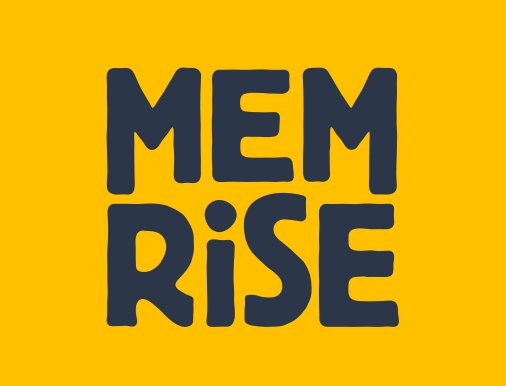The term Canonical Spelling refers to the main form of spelling words in Penang Hokkien that I use in writing the language. As Penang Hokkien has existed largely as a spoken language, and passed down at home from one generation to the next, distortions that were introduced through informal learning result in some of the common words having evolved a number of pronunciations which are understood by speakers. This is particularly common with words pronounced with the initial "u" (closed back rounded vowel) and "w" (voiced labial-velar approximant), and also between the initial "i" (close front unrounded vowel) and "y" (palatal approximant).
It should be observed that although the words are often pronounced with variations, the tones remain the same. It can therefore be observed that comprehension is governed to a great extend by listening to tones.
Although a number of phonetical spelling of some words are accepted, one of these is taken as the canonical spelling, that is to say, the accepted written form. Words with canonical spelling also include alternative spelling forms. The follow are some of them:
- du3rian2: meaning "durian", pronounced [du-riɛn]
 , aso pronounced as [du-liɛn]
, aso pronounced as [du-liɛn]  and [liu-liɛn]
and [liu-liɛn] 
- gia2, meaning "to take", pronounced [gia]
 , also pronounced [ja]
, also pronounced [ja] 
- heh1-leh1, meaning "that", pronounced [he-le]
 , also pronounced [hi-le]
, also pronounced [hi-le]  and [ha-le]
and [ha-le] 
- wa2, meaning "to draw", pronounced [wa]
 , also pronounced [ua]
, also pronounced [ua] 
- wa33, meaning "language", pronounced [wa]
 , also pronounced [ua]
, also pronounced [ua] 
- wah4, meaning "I", pronounced [wa]
 as well as [gua]
as well as [gua] 
- wna33, meaning "bowl", pronounced [wã]
 , also pronounced [uã]
, also pronounced [uã] 
- wna4, meaning "bowl", pronounced [wã]
 , also pronounced [uã]
, also pronounced [uã] 
Language Learning Tools
Use the following language learning tools to learn Penang Hokkien!Learn Penang Hokkien with uTalk
This app opens the door to over 150 languages.Return to Penang Hokkien Resources

Copyright © 2003-2025 Timothy Tye. All Rights Reserved.

 Go Back
Go Back
